In home decoration, the bathroom has always been regarded as an important space to improve the quality of life and increase the value of the house. According to the National Kitchen and Bath Association (NKBA), the annual expenditure on bathroom renovations exceeds tens of billions of dollars, and consumers are increasingly focusing on comfort, aesthetics, and practicality in their design choices. Among numerous bathtub materials and styles, the acrylic freestanding bathtub has gradually become a popular choice for bathroom renovation. It combines modern design and relatively controllable cost, but also has some limitations. This article will comprehensively analyze the advantages and disadvantages of acrylic freestanding bathtubs in bathroom decoration from the perspectives of market trends, consumer preferences, and pros and cons.
Market Trends and Consumer Background
With the redefinition of bathroom functions, bathtubs are no longer just cleaning tools, but important elements that carry leisure, relaxation, and even enhance home style. Especially the freestanding bathtub, due to its free placement design and sculptural appearance, is regarded as a symbol of high-end bathrooms. Acrylic, as a lightweight and easily moldable material, has further increased the popularity of freestanding bathtubs.
According to the 2024 renovation report by Houzz and HomeAdvisor, approximately 38% of households are considering installing or replacing bathtubs during bathroom renovations. Among them, acrylic freestanding bathtubs have become the preferred choice in the mid to high-end market due to their diverse shapes and relatively friendly prices. Especially in coastal cities and among young homebuyers, simple and modern acrylic bathtubs can better meet consumers' aesthetic and functional needs.
The advantages of an acrylic independent bathtub
1. Aesthetics and design flexibility
Acrylic material has strong plasticity and can present various streamlined or geometric shapes, meeting the needs of different styles of bathroom design. From minimalism to retro style, consumers can find suitable styles. In addition, acrylic has a smooth surface and high glossiness, giving people a modern and clean feeling, which is very in line with the current popular bathroom aesthetics.
2. Lightweight and easy to install
Compared to cast iron or stone bathtubs, acrylic freestanding bathtubs are lighter in weight, averaging around 70 to 120 pounds. This not only reduces transportation costs but also makes the installation process more flexible. For wooden-structured floor bathrooms, acrylic bathtubs are an ideal choice because they do not add too much load-bearing pressure to the floor.
3. Relatively good insulation performance
The acrylic material itself has certain insulation properties and can maintain the temperature of hot water to a certain extent. With the product's double-layer design, users can experience improved temperature maintenance during prolonged immersion. This feature is particularly popular in northern regions and areas with longer winters.

4. Easy to clean and maintain
Acrylic has a smooth surface and strong stain resistance, making it less prone to scale accumulation during daily use. Wipe with a mild cleaner and soft cloth to restore shine. Compared to stone or enamel, acrylic is less prone to permanent stains and is particularly useful for households with busy lifestyles.
5. Cost-friendly
In terms of price, acrylic freestanding bathtubs are typically priced between $600 and $ 2,000, which is significantly lower than the cost of cast iron or natural stone bathtubs. This' high cost-effectiveness' allows more families to upgrade their bathrooms within a limited budget.
Disadvantages of Acrylic Independent Bathtubs
1. Limited durability
Although acrylic is flexible, its hardness is insufficient, and it is prone to scratches or wear during long-term use. If maintenance is not taken care of, the luster will gradually weaken. Additionally, acrylic is prone to cracking or developing small gaps when in contact with sharp objects.
2. Easily affected by chemical cleaning agents
Some strong acid or strong alkaline cleaning products may corrode the surface of acrylic, causing discolouration or loss of lustre. This is a limitation for users who are accustomed to using potent cleaning agents and must choose their cleaning methods more carefully.
3. The insulation performance is not as good as that of cast iron
Although acrylic has some insulation ability, there is still a gap compared to cast-iron bathtubs. Cast iron can maintain water temperature for a long time, while acrylic bathtubs may require frequent heating or hot water replenishment during prolonged bathing.
4. Easy to produce a "plastic feeling"
For some consumers, acrylic bathtubs lack the high-end texture brought by stone or metal. In the high-end market, especially in luxury homes or upscale hotel projects, acrylic freestanding bathtubs may be seen as an "economic choice" rather than a luxury configuration.
5. Short service life
Under regular maintenance, the service life of acrylic bathtubs is about 10 to 15 years, while cast iron or stone bathtubs can last for decades. For homeowners who pursue long-term investment returns, this may be a disadvantage.
Industry expert opinions
Rebecca Hall, a member of the American Society of Interior Designers (ASID) and a designer in Los Angeles, said, "The popularity of acrylic freestanding bathtubs stems from their combination of beauty and practicality, especially suitable for modern urban households. Its lightweight design makes decoration more flexible." However, she also pointed out that for homeowners who pursue high-end texture or resale value of secondary homes, material selection still needs to be cautious.
Home improvement analyst Michael Sanders added, "With the improvement of manufacturing technology, the thickness and surface treatment of high-end acrylic bathtubs have been greatly improved, and some products can even rival traditional materials. However, overall, it is still more suitable for the mid-range market rather than a luxury positioning.
Consumer Cases
In a bathroom renovation project in Austin, Texas, a young couple selected an acrylic freestanding bathtub priced at approximately $ 1,200. They said, "The installation is convenient, and the overall design is very compatible with our modern minimalist style home. Although we know it may not be as durable as a cast-iron bathtub, we value the current comfort experience and budget control more.
In contrast, a homeowner in New York rejected acrylic bathtubs in high-end apartment decoration and instead chose natural marble styles. He emphasized, "For me, the bathroom is the highlight of the entire house, and the value and luxury brought by stone are more suitable for my needs.
Conclusion
The position of acrylic freestanding bathtubs in the bathroom decoration market is becoming increasingly stable. It has become an ideal choice for many households to upgrade their bathrooms due to its advantages of lightweight, flexible design, moderate price, and easy maintenance. However, its shortcomings in durability, insulation, and high-end texture also limit its widespread application in top-tier markets.
For most middle-class families, acrylic freestanding bathtubs are a choice that strikes a balance between aesthetics and practicality, enhancing the overall style of the bathroom while avoiding excessive budgeting. However, for high-end residential projects or homeowners seeking long-term value, investing in cast iron or stone bathtubs may be a more suitable option.
With the continuous advancement of material technology and manufacturing processes, the durability and texture of acrylic bathtubs may be further improved. In the coming years, it will continue to play a crucial role in the bathroom renovation market, offering consumers more cost-effective modern options.

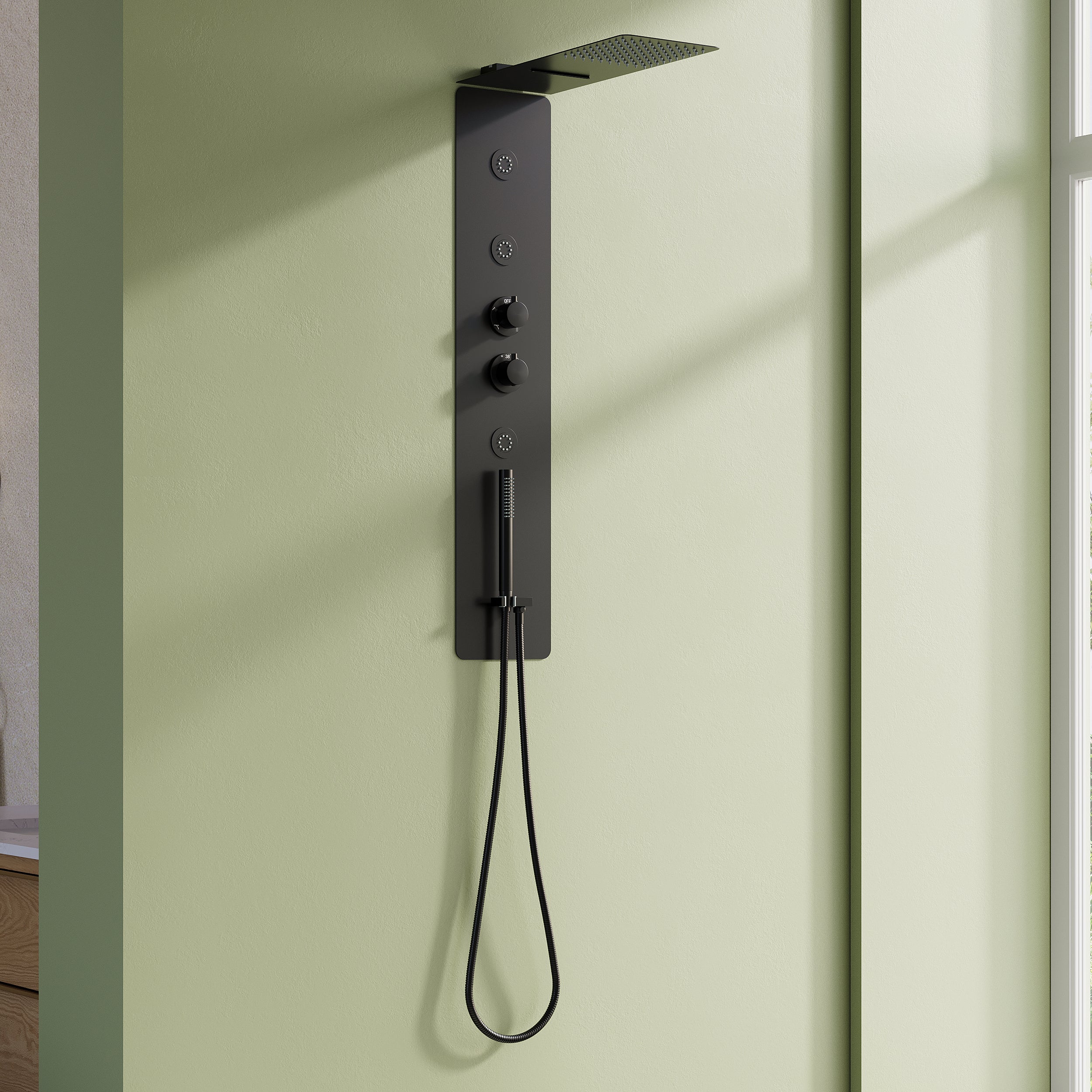








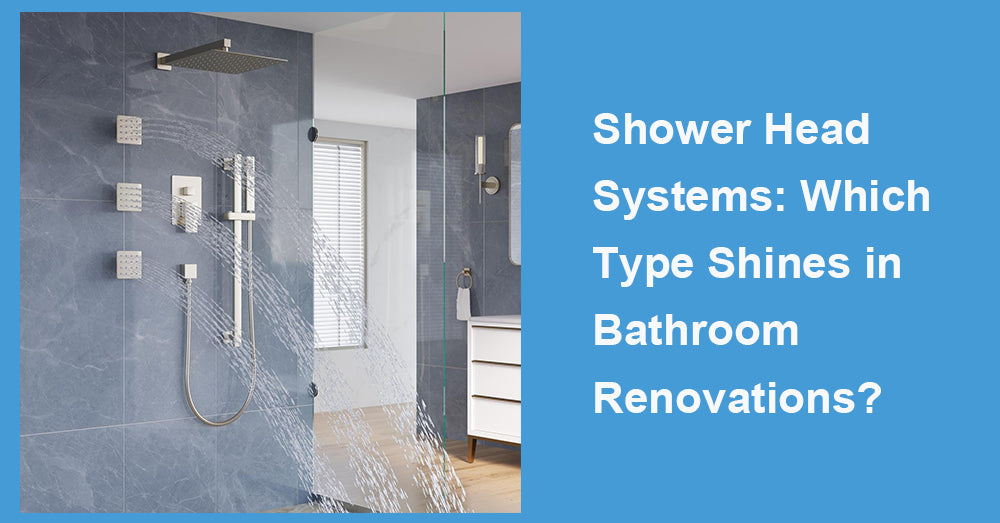
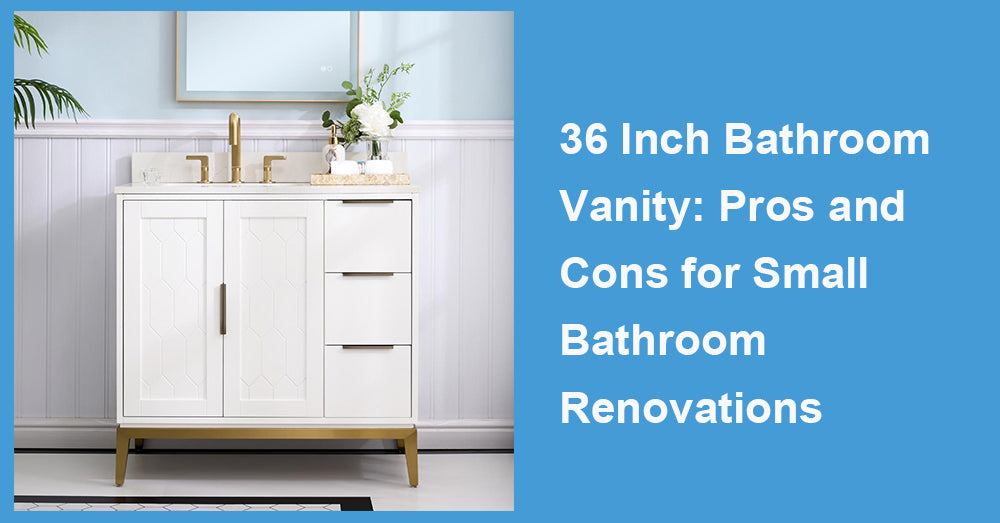
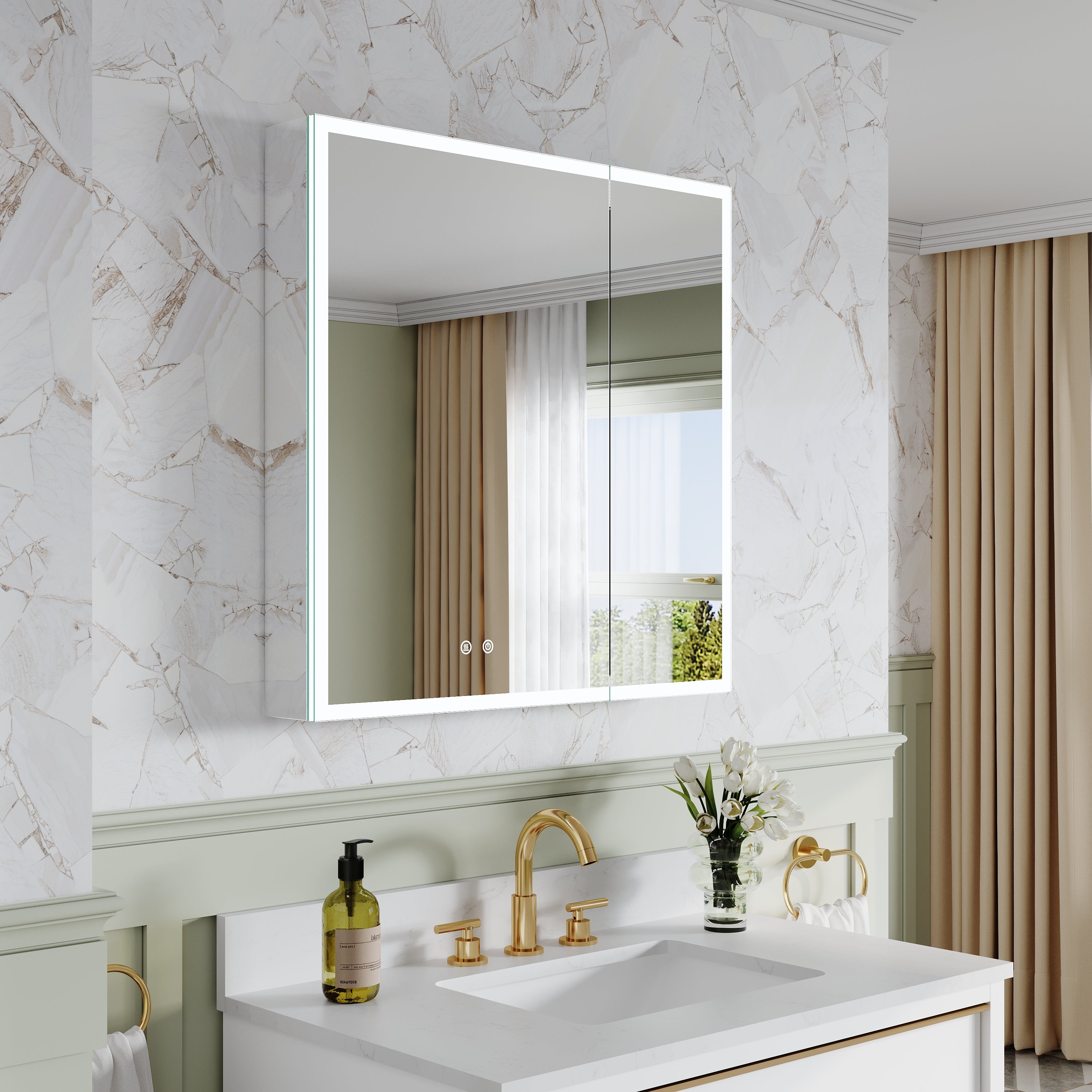
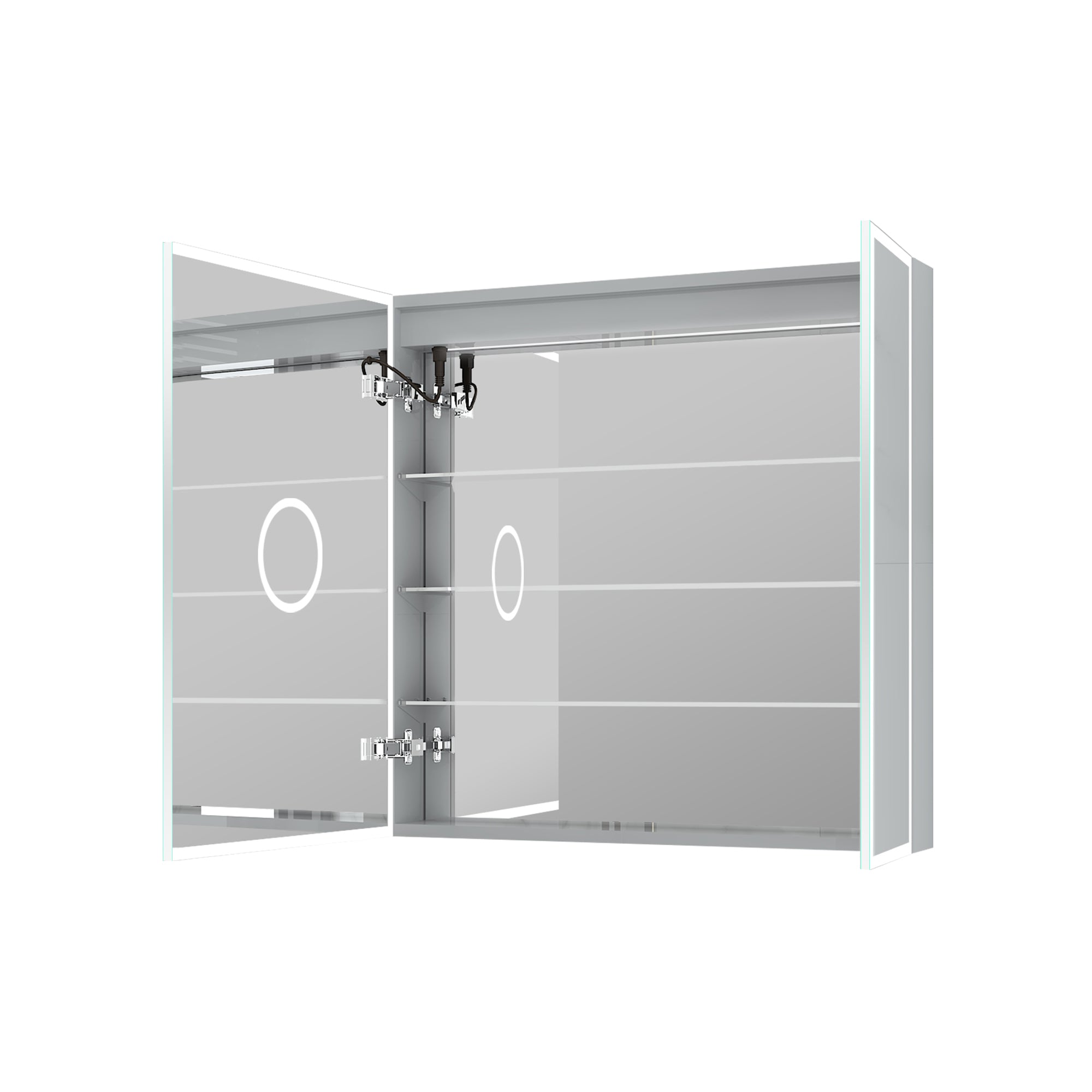
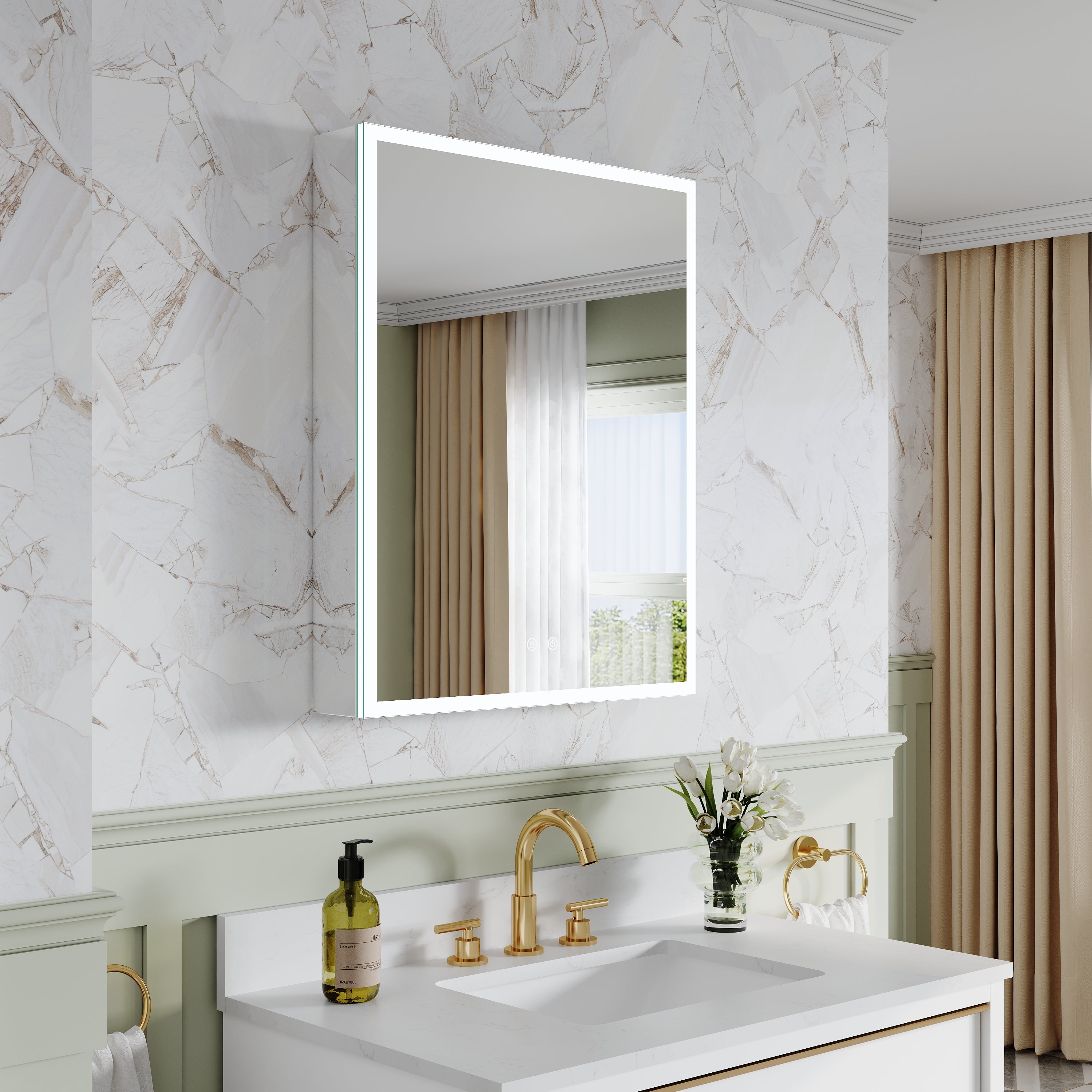
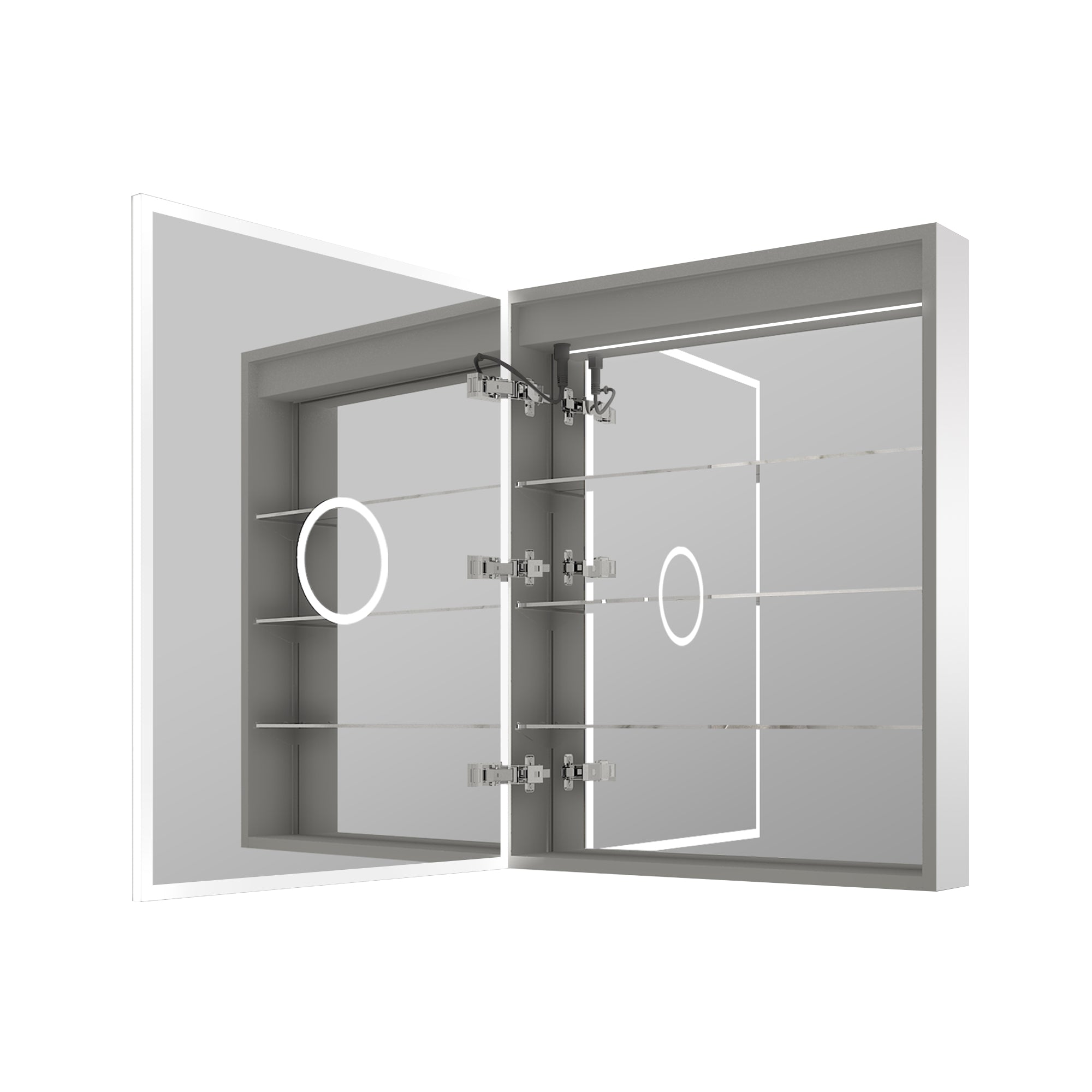
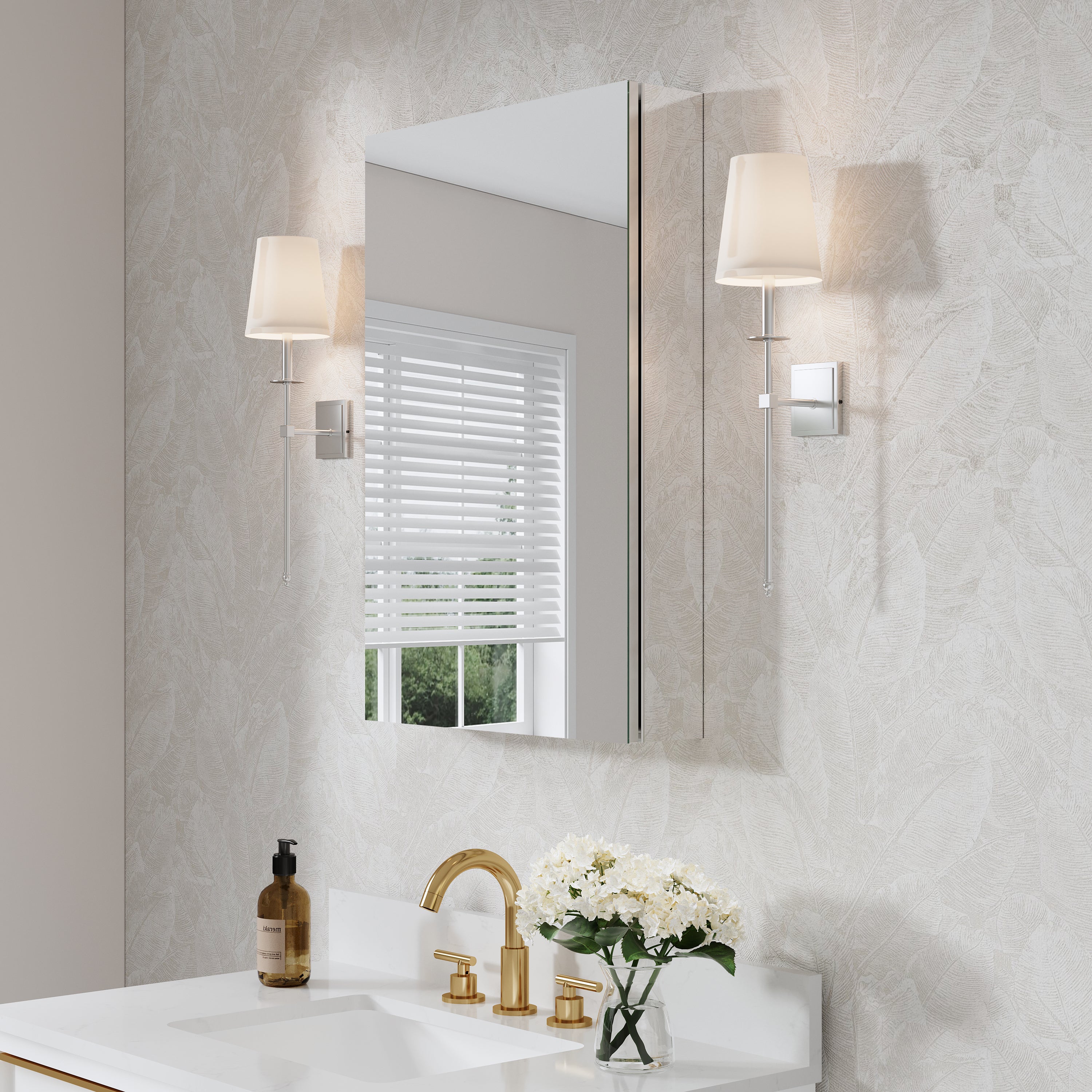
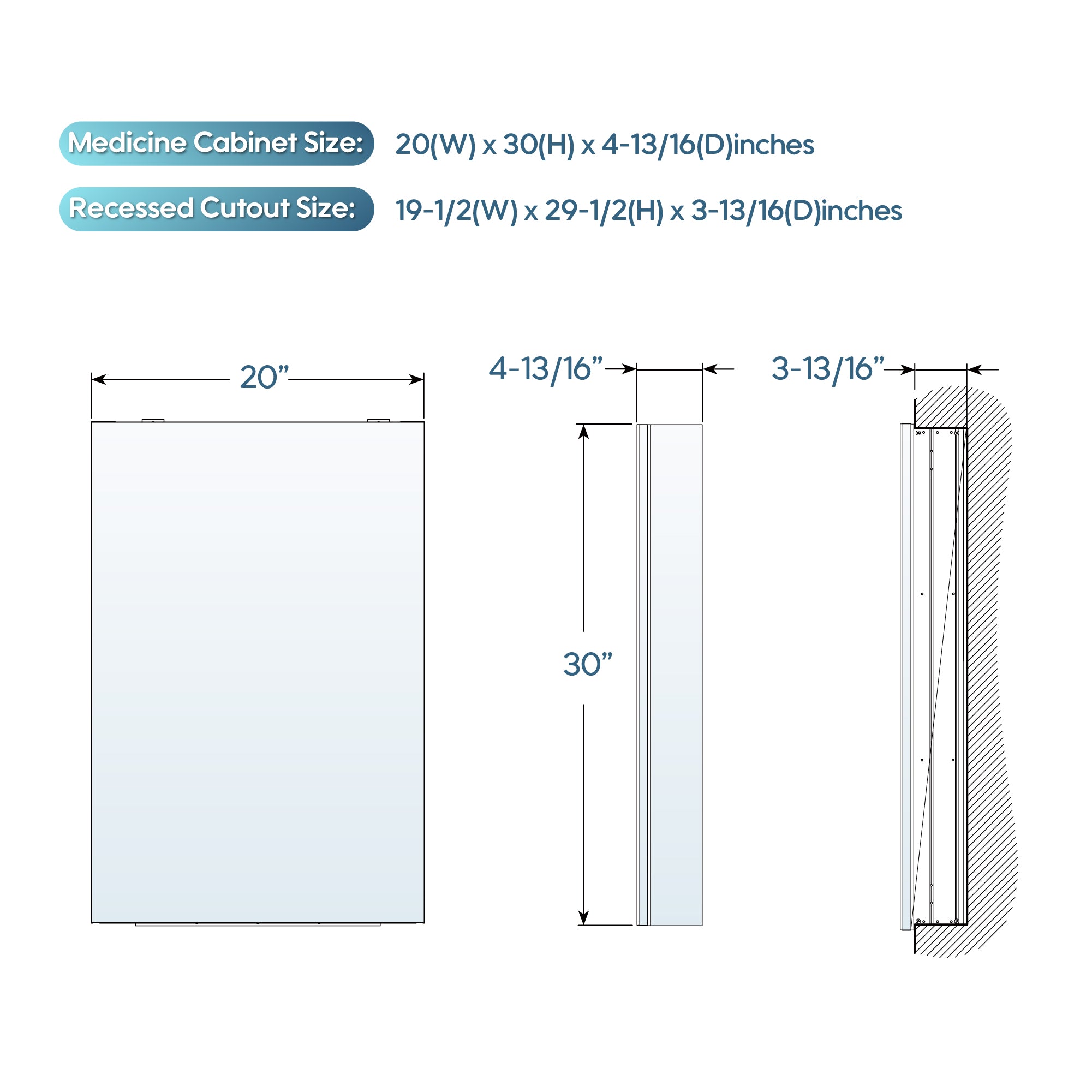
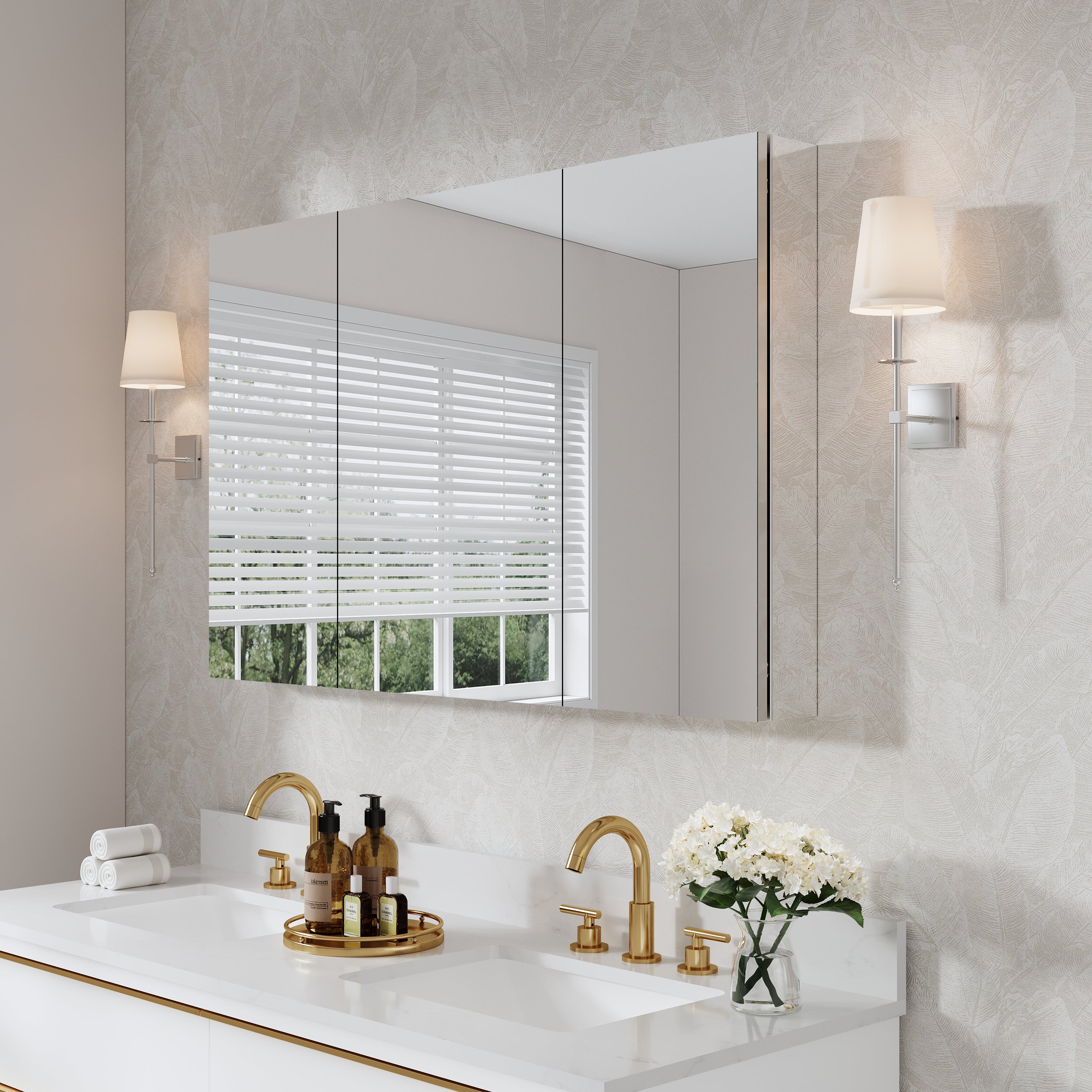
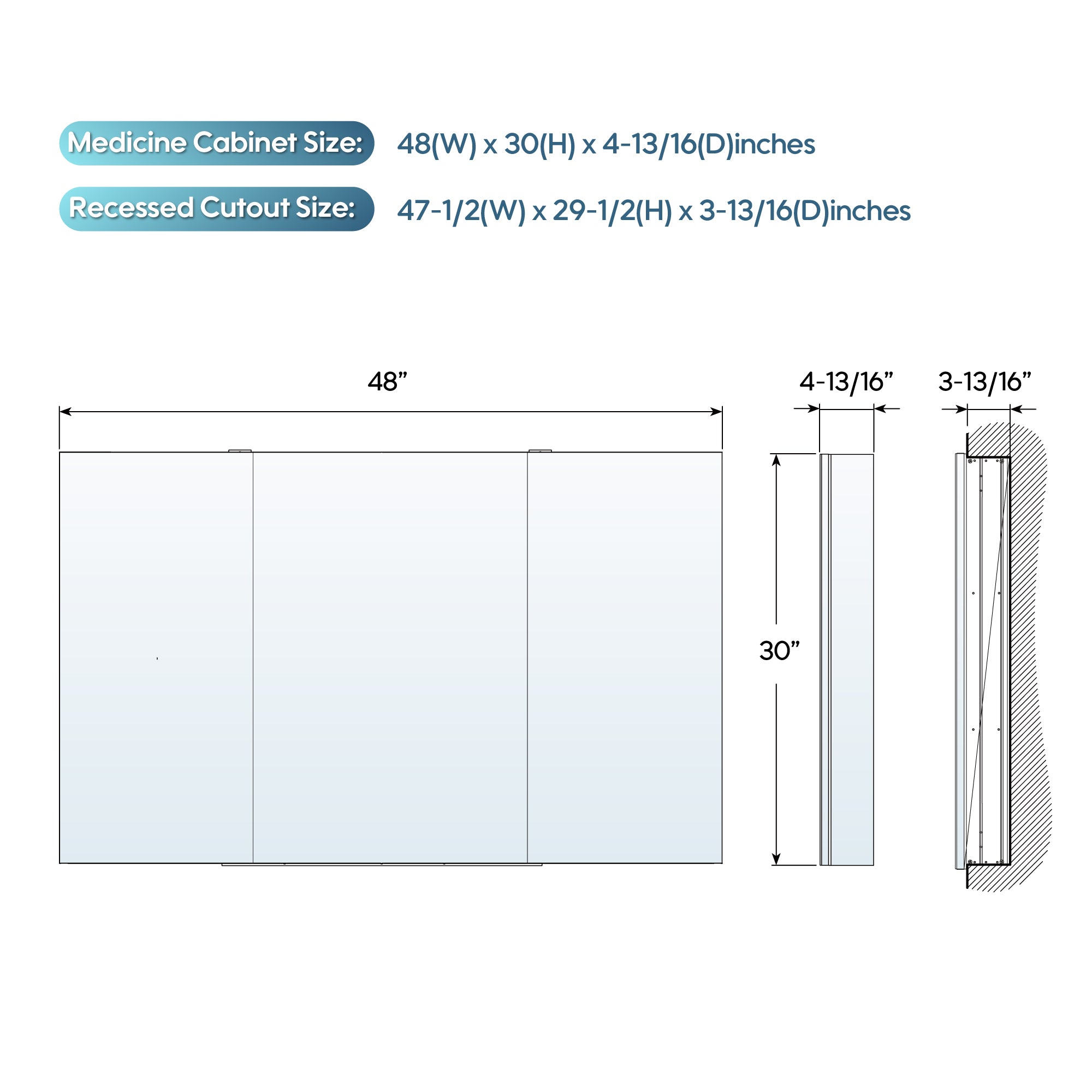
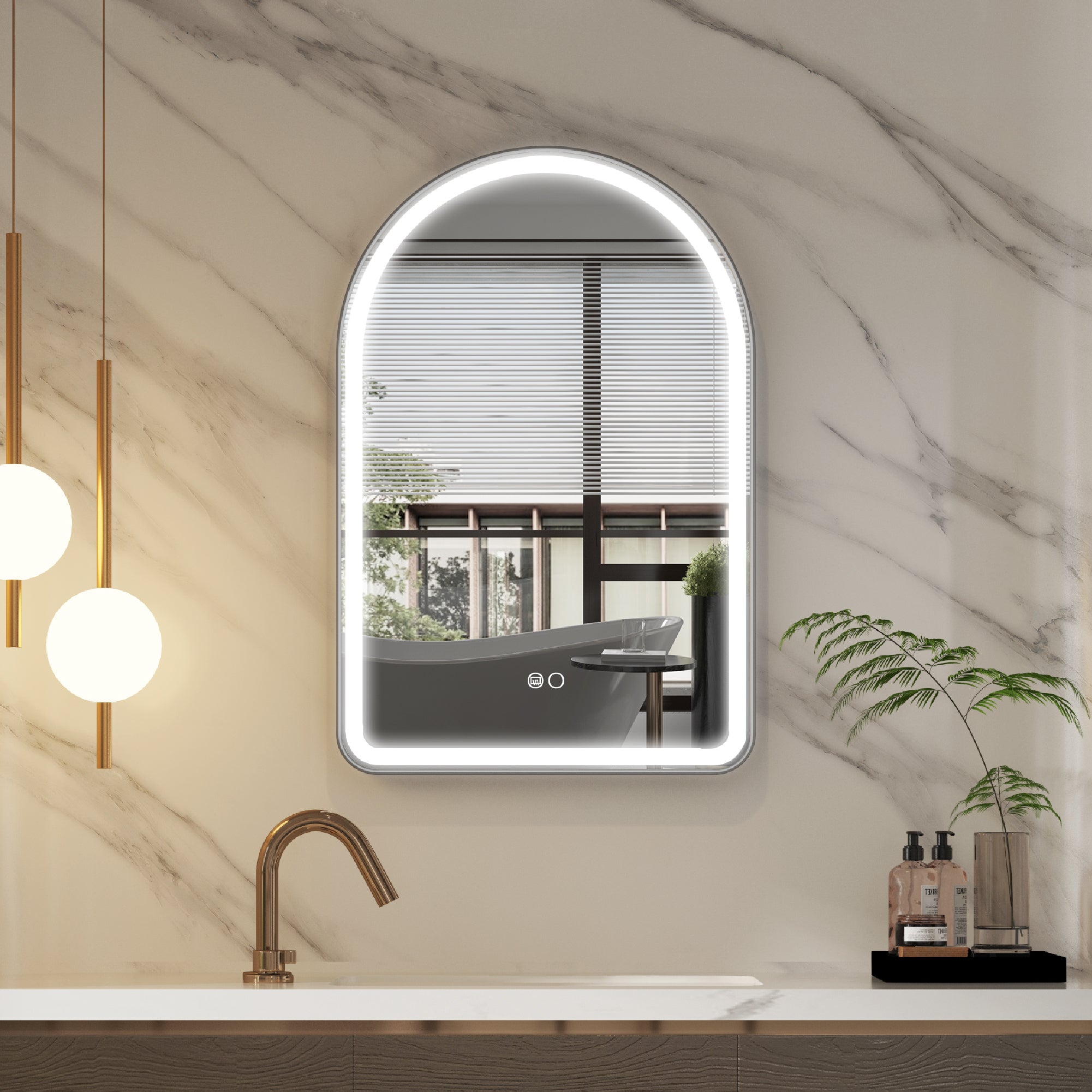
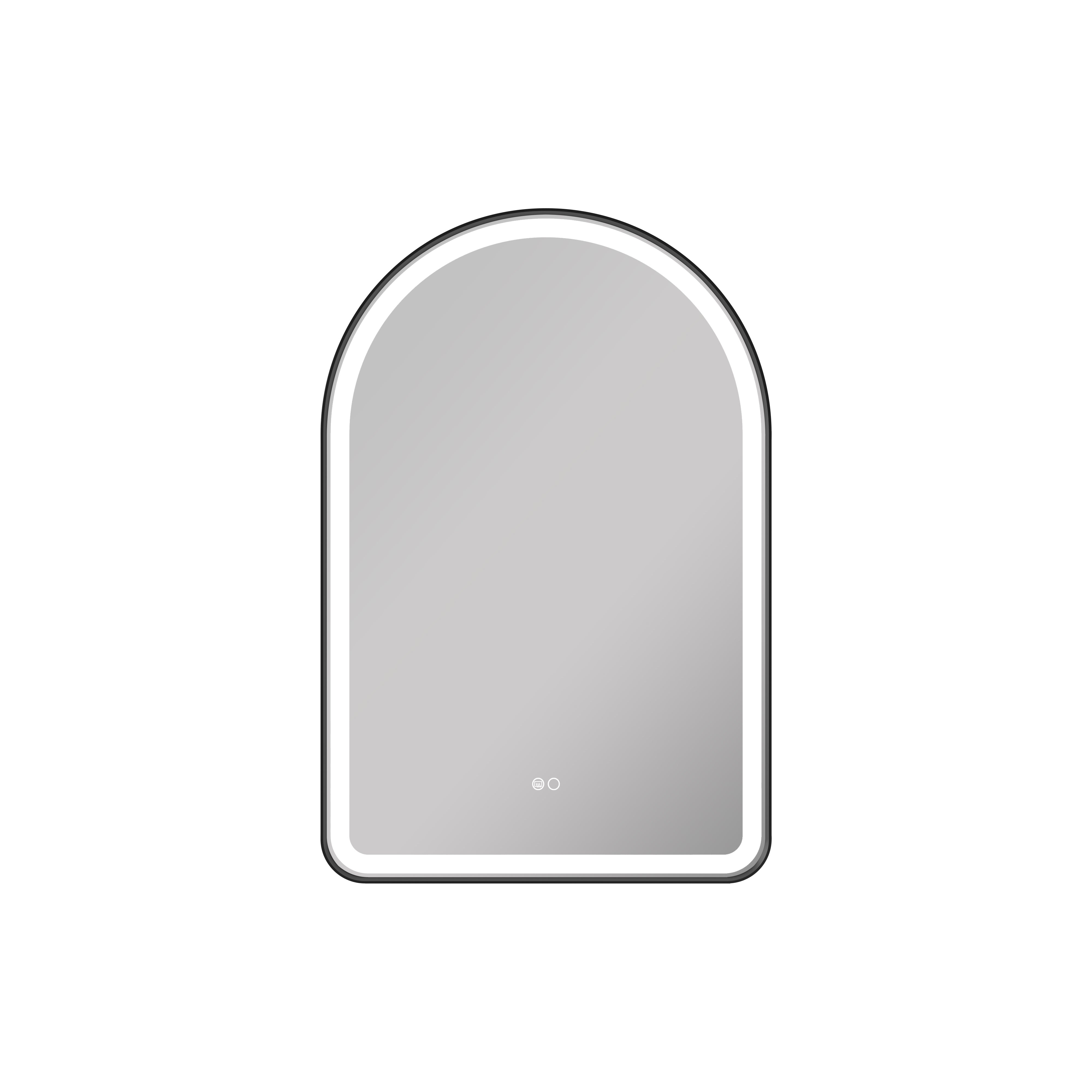


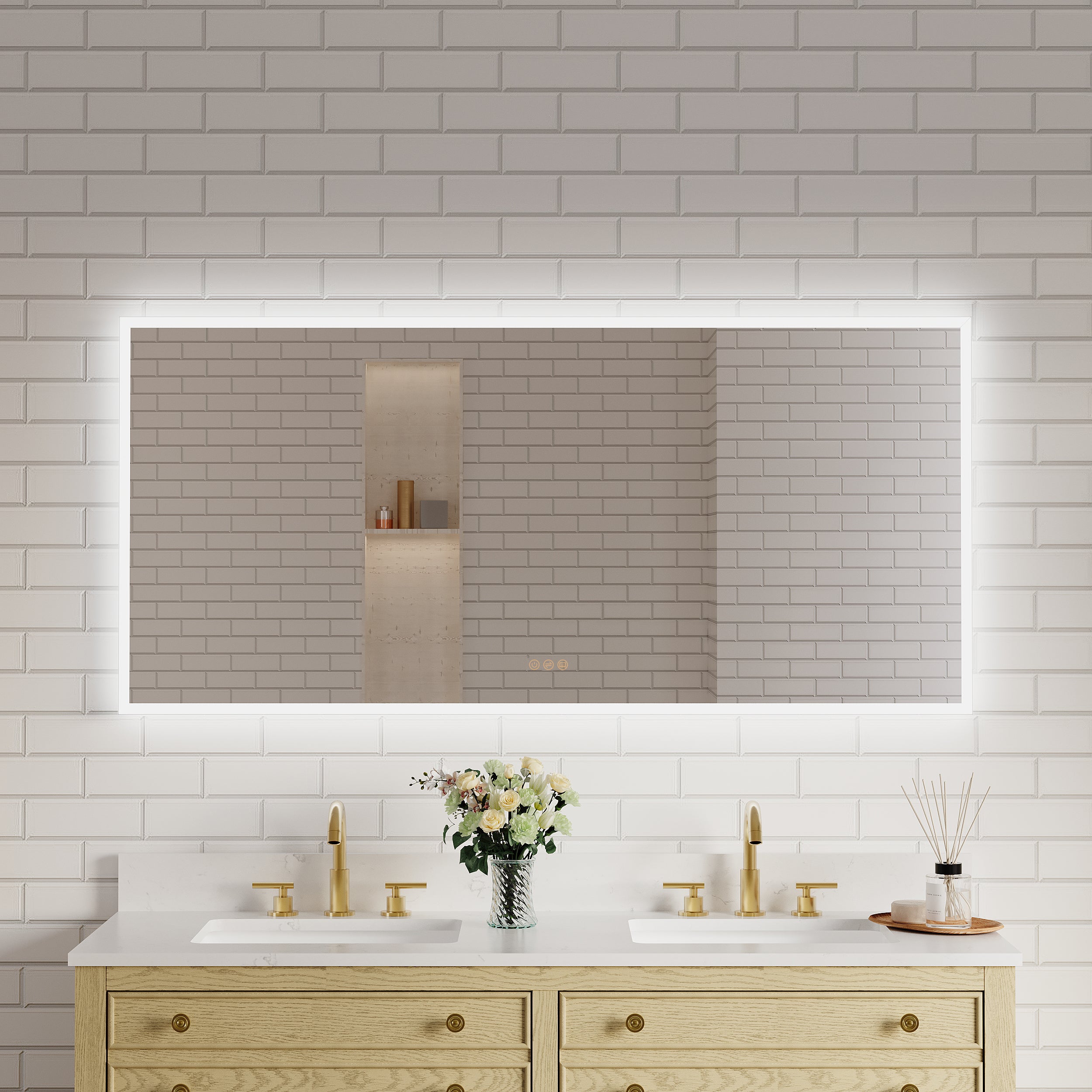

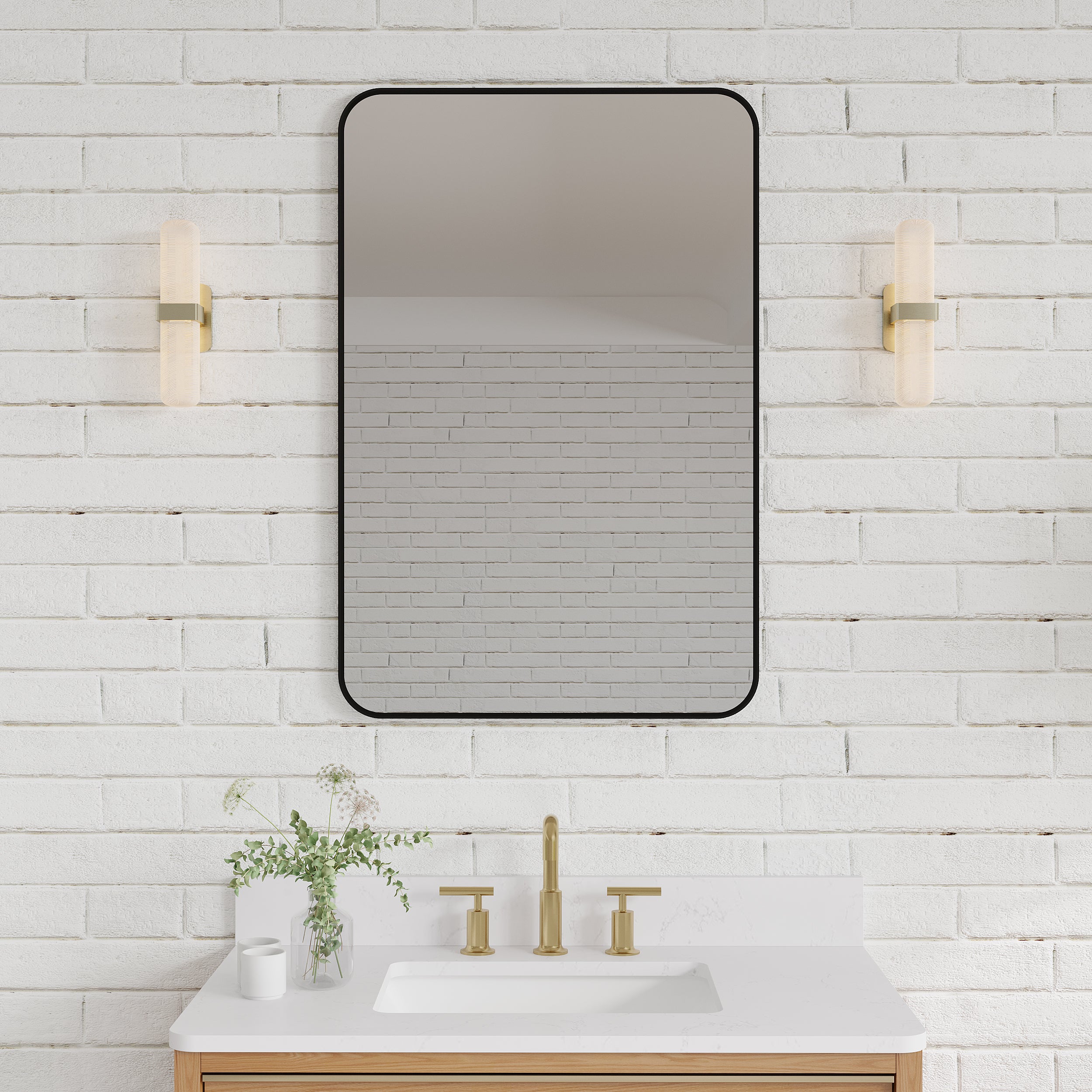

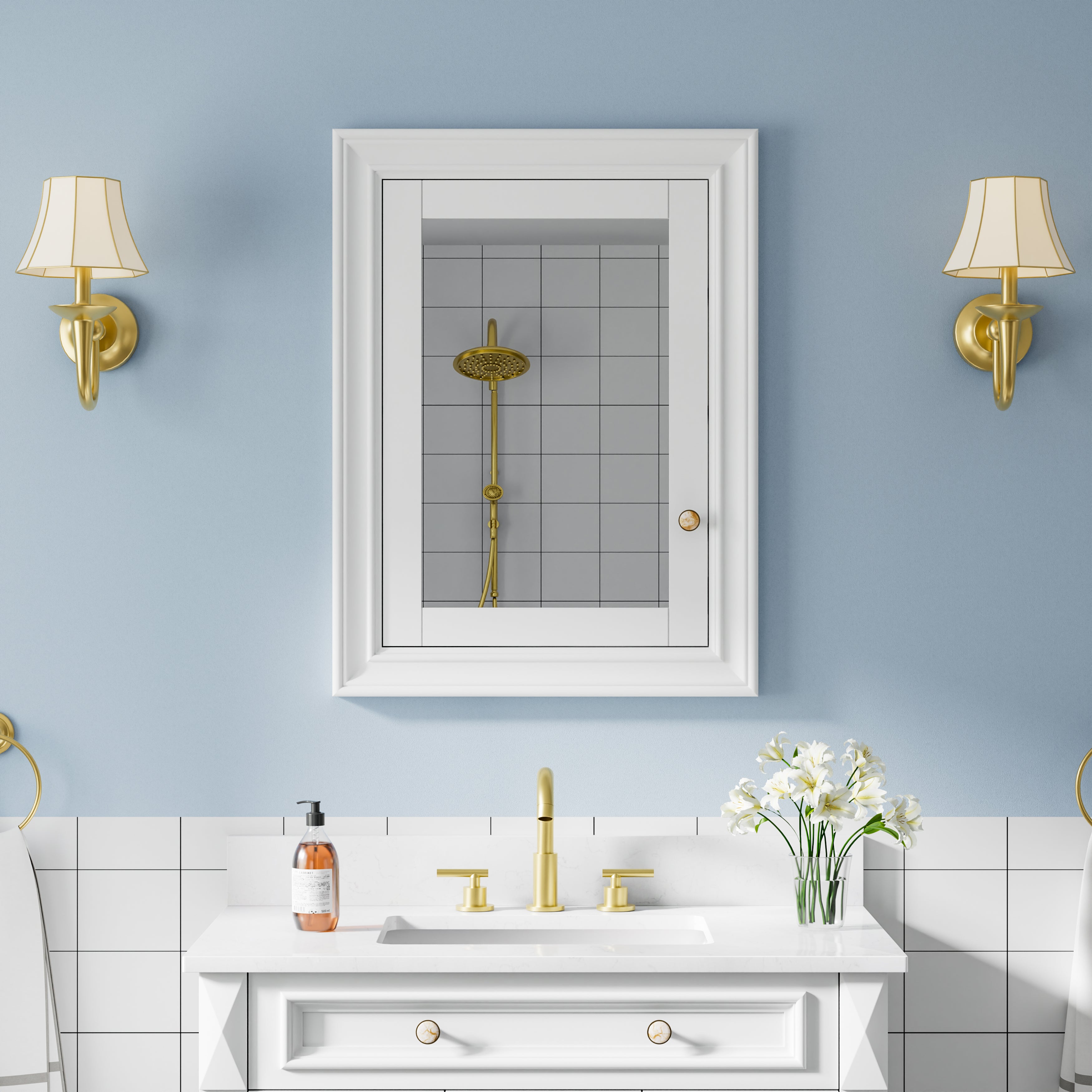
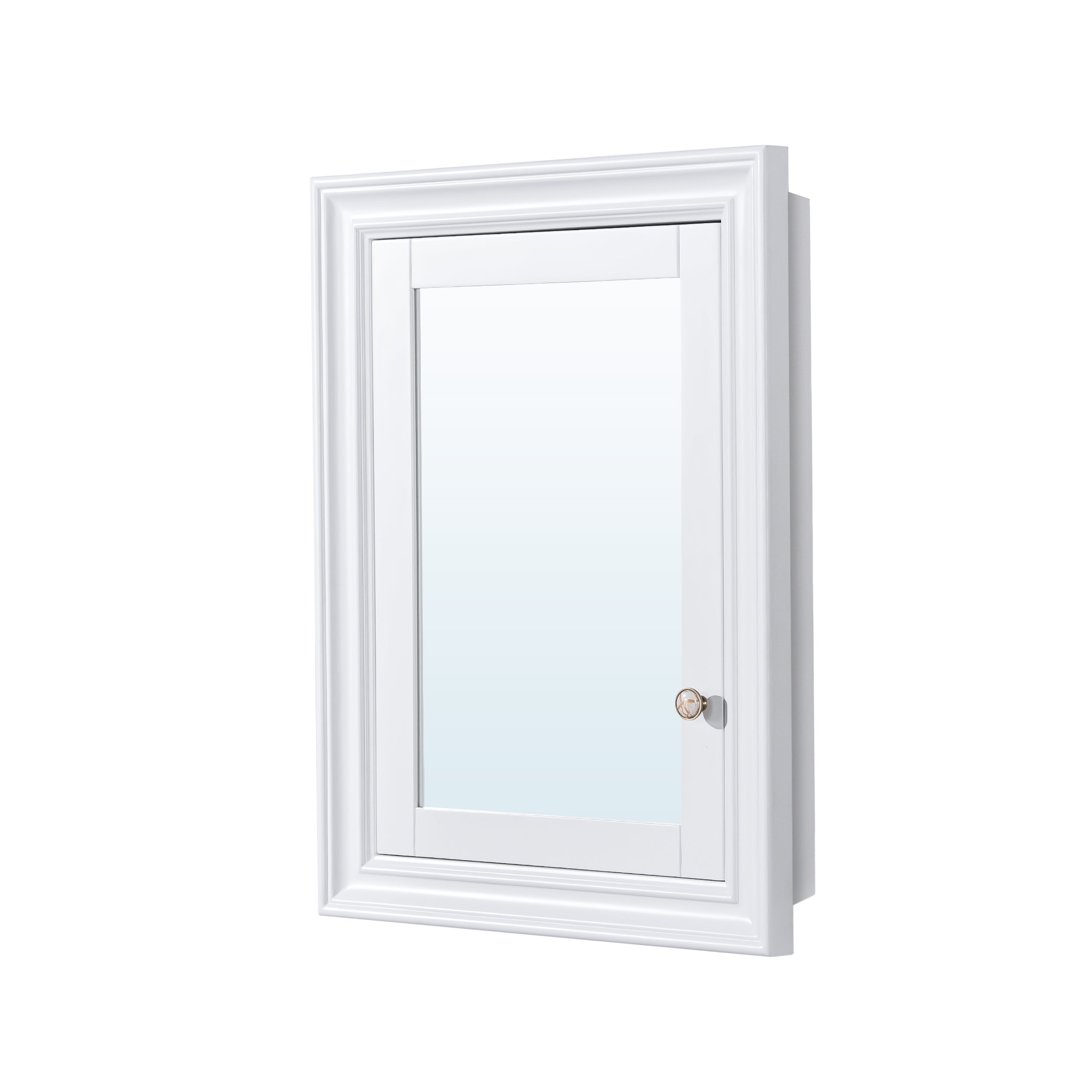










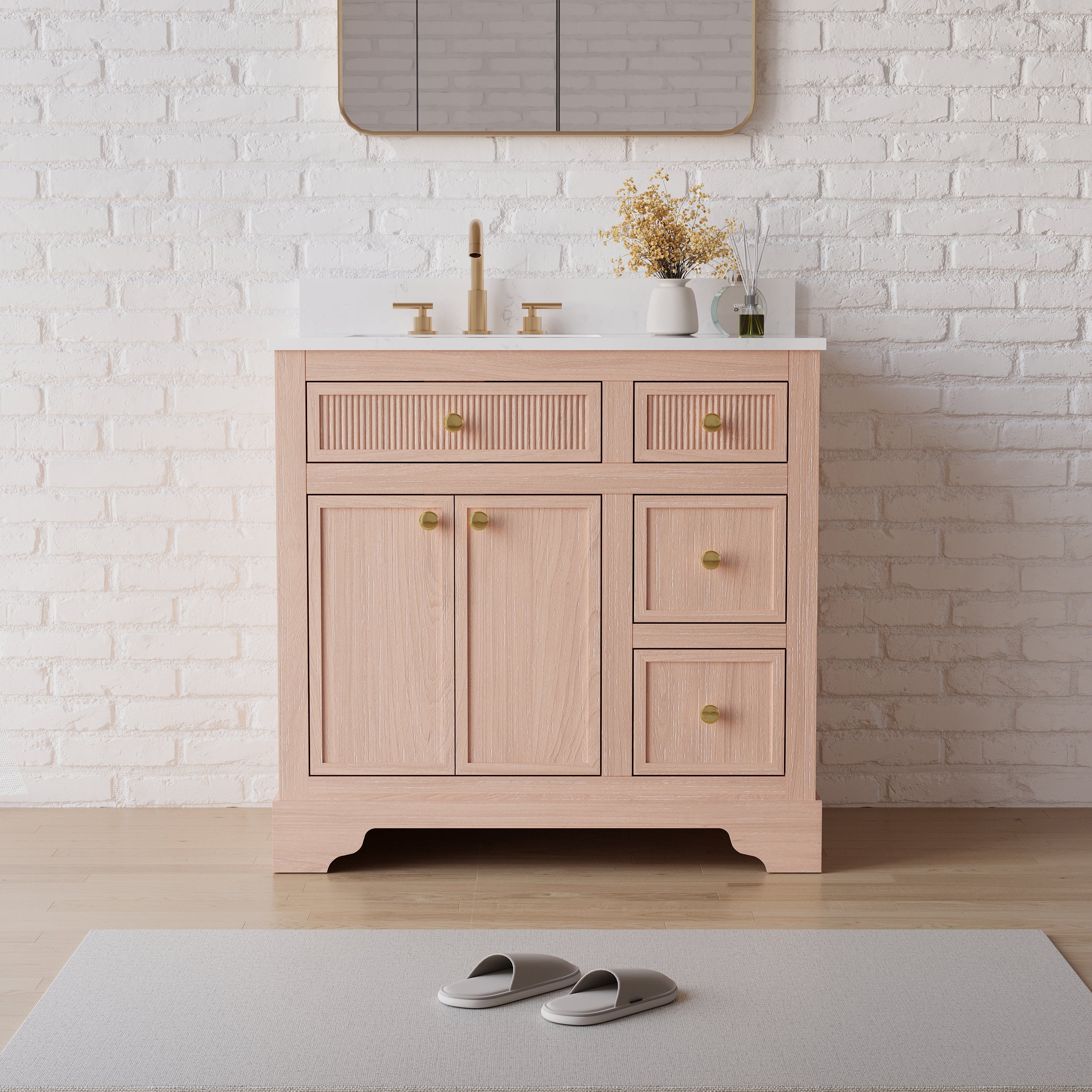
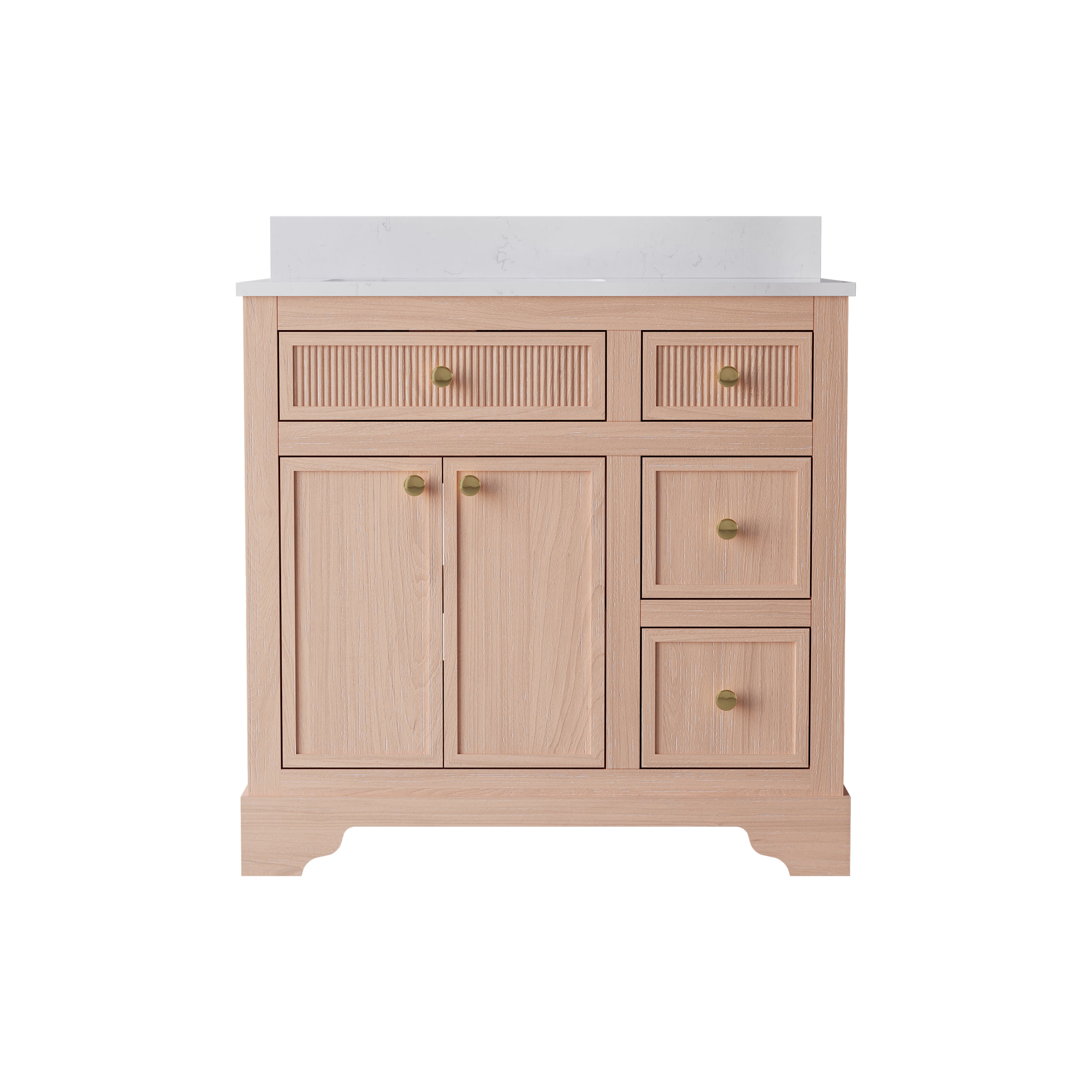
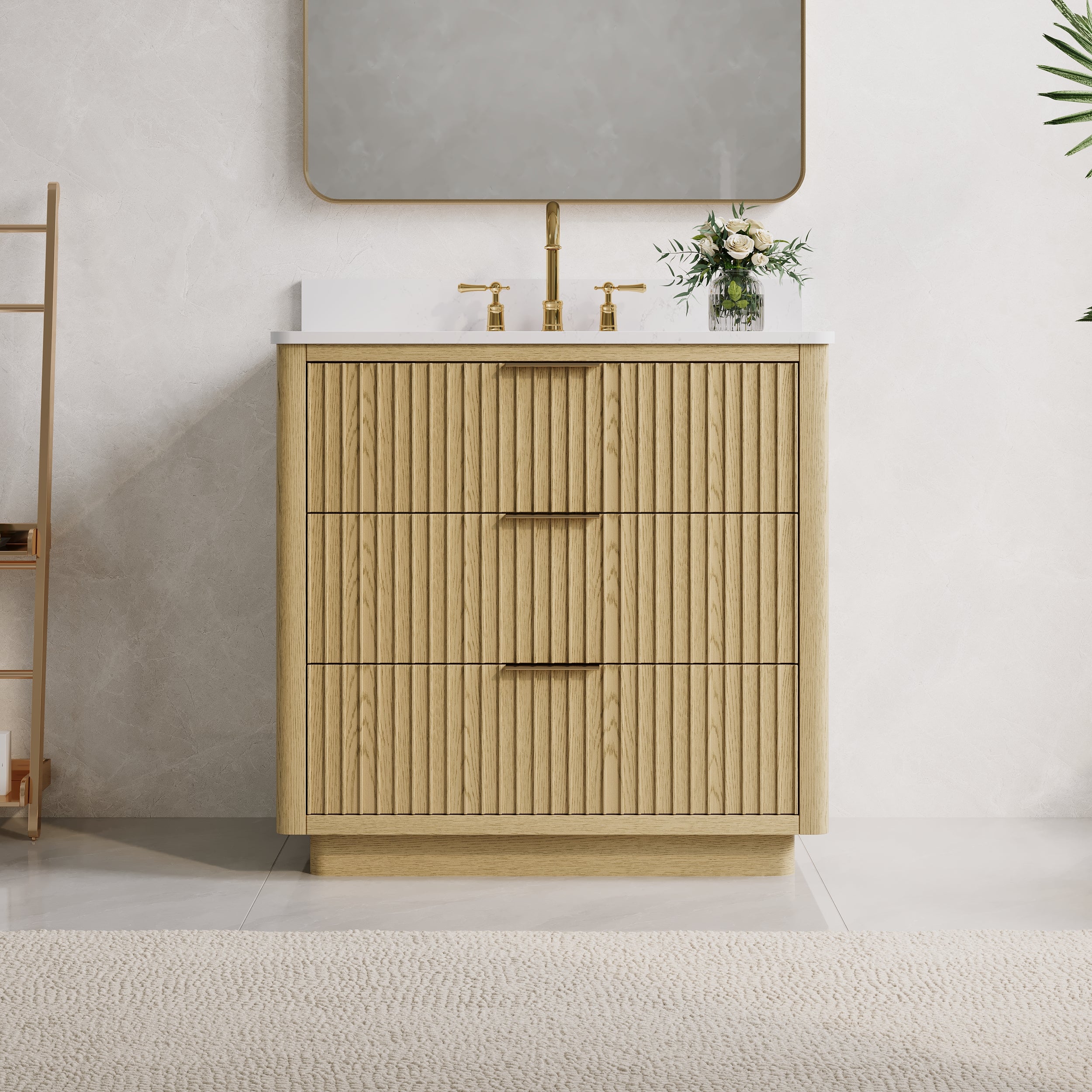
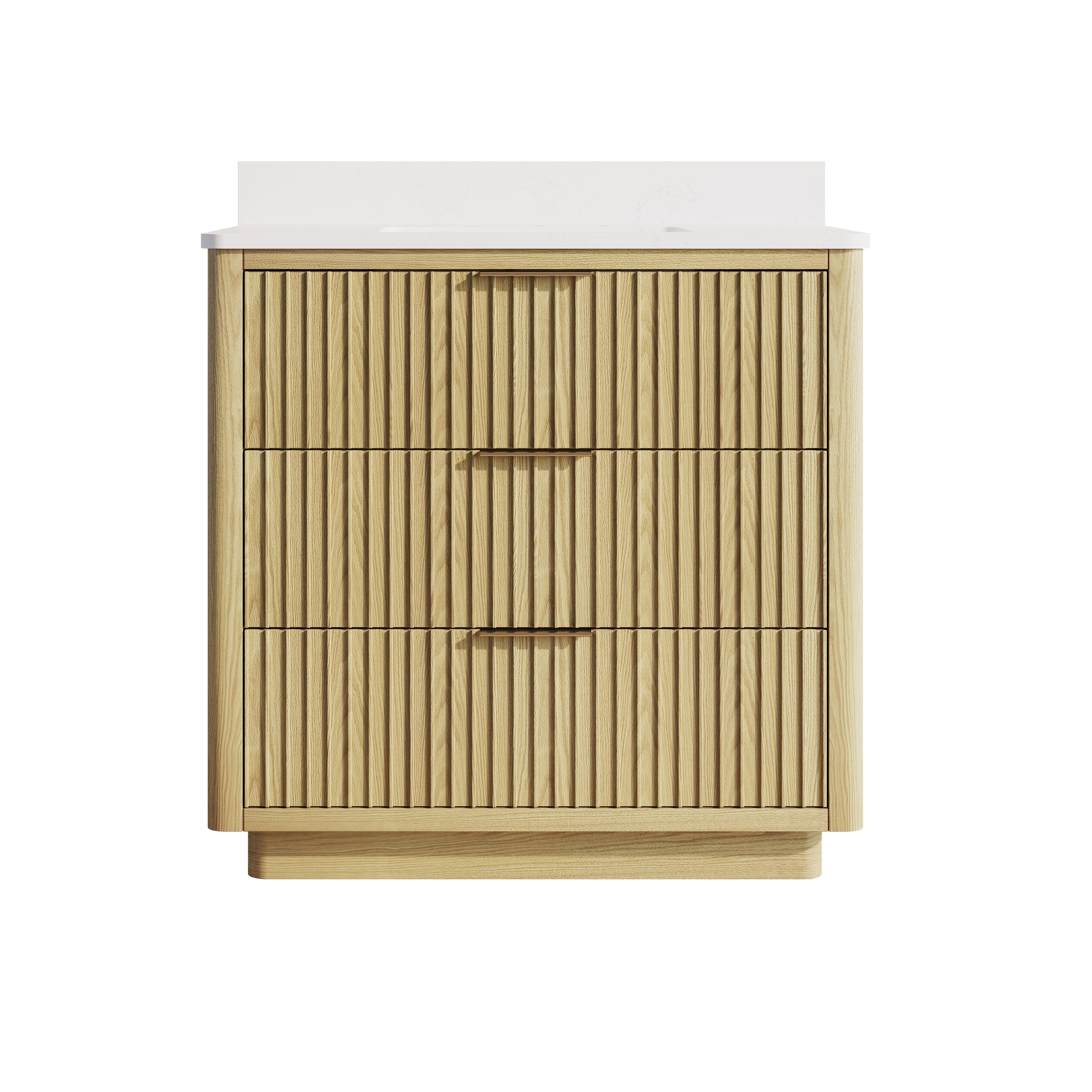
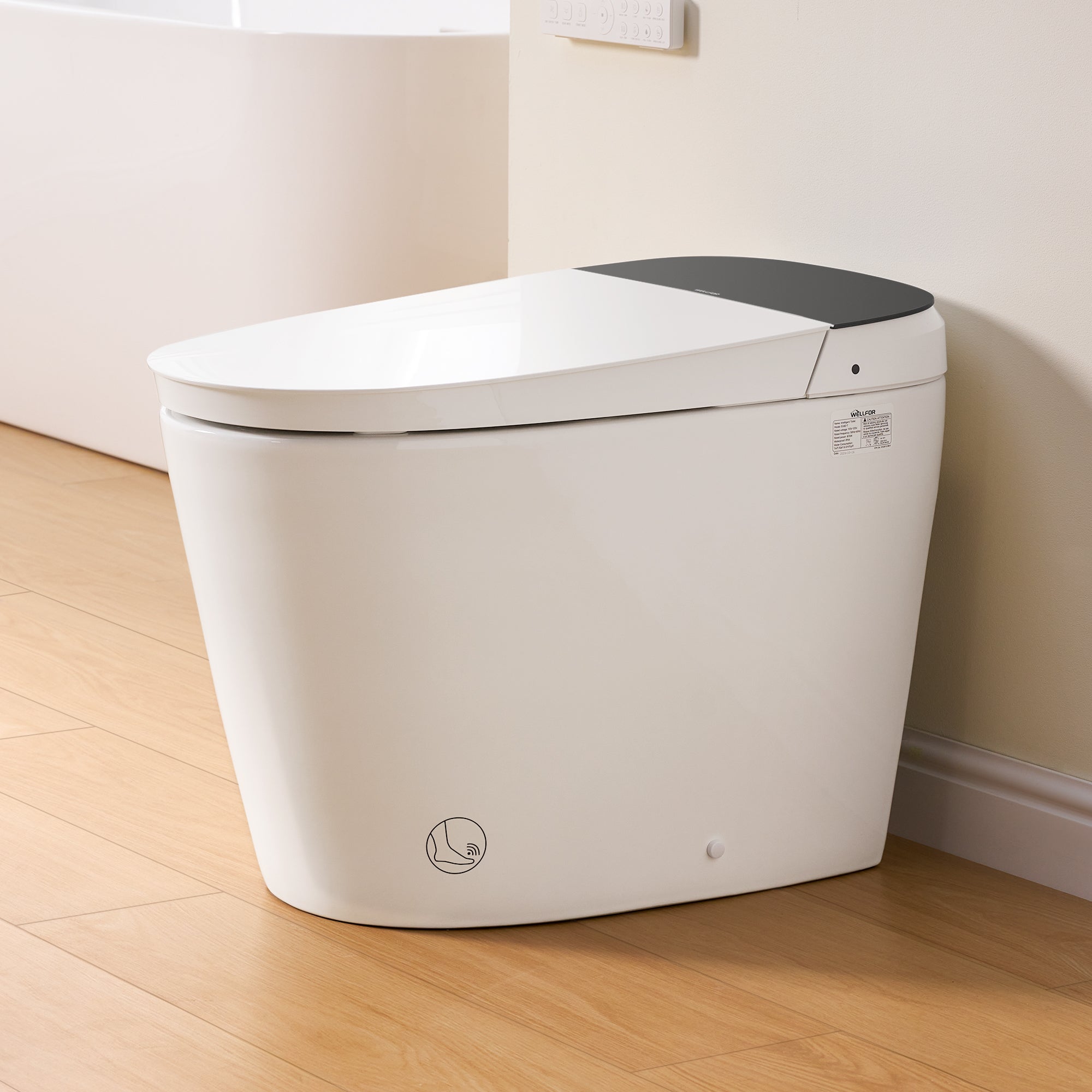
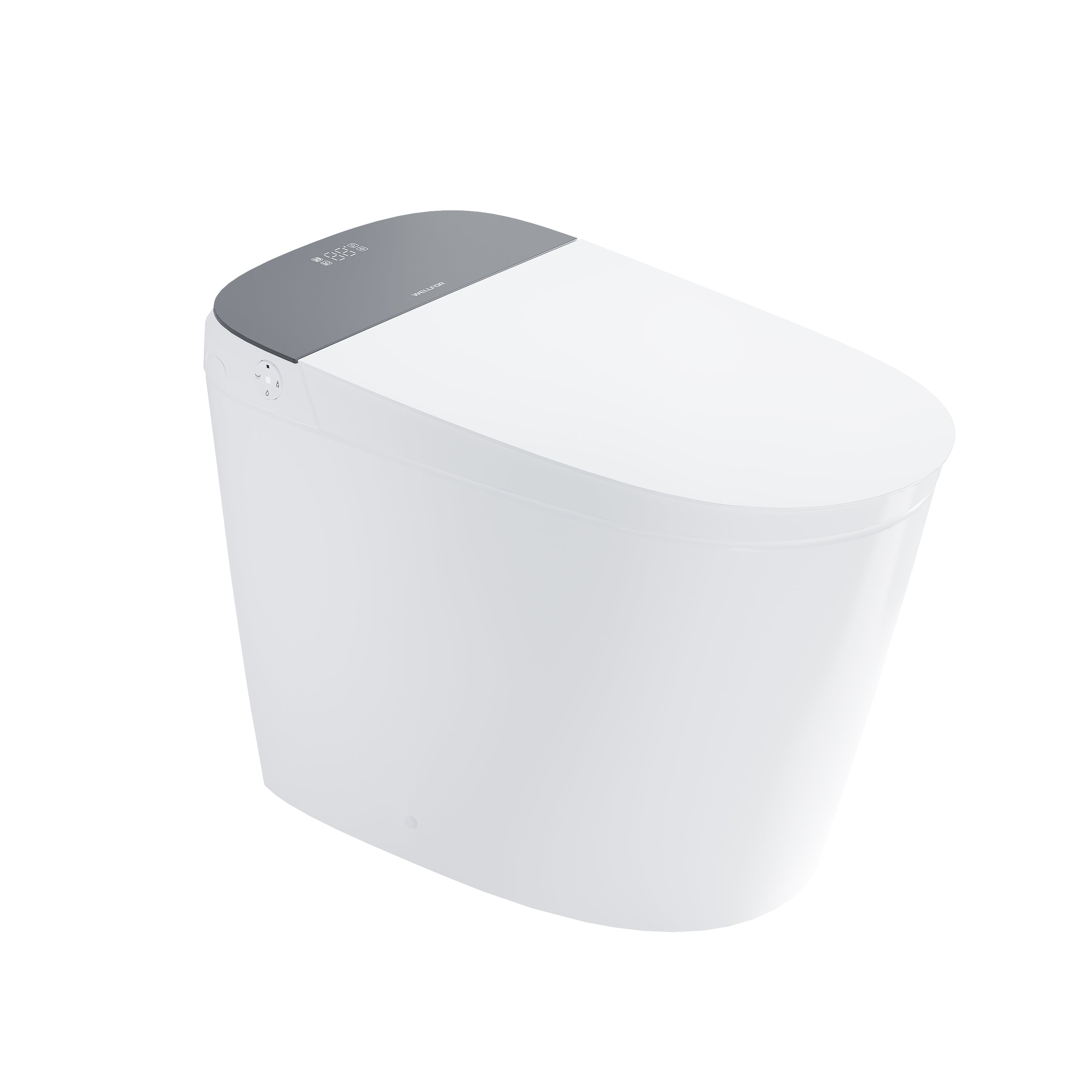
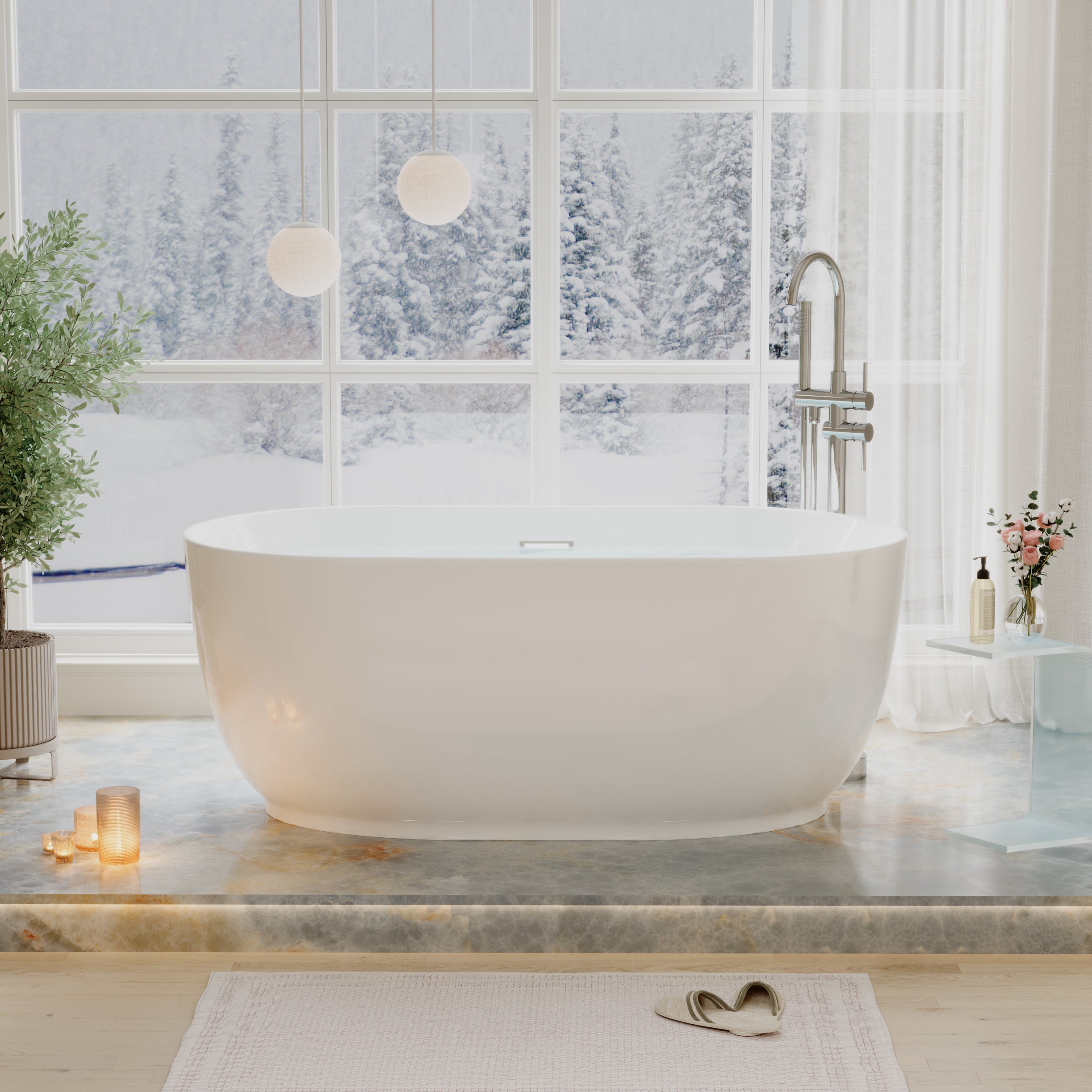
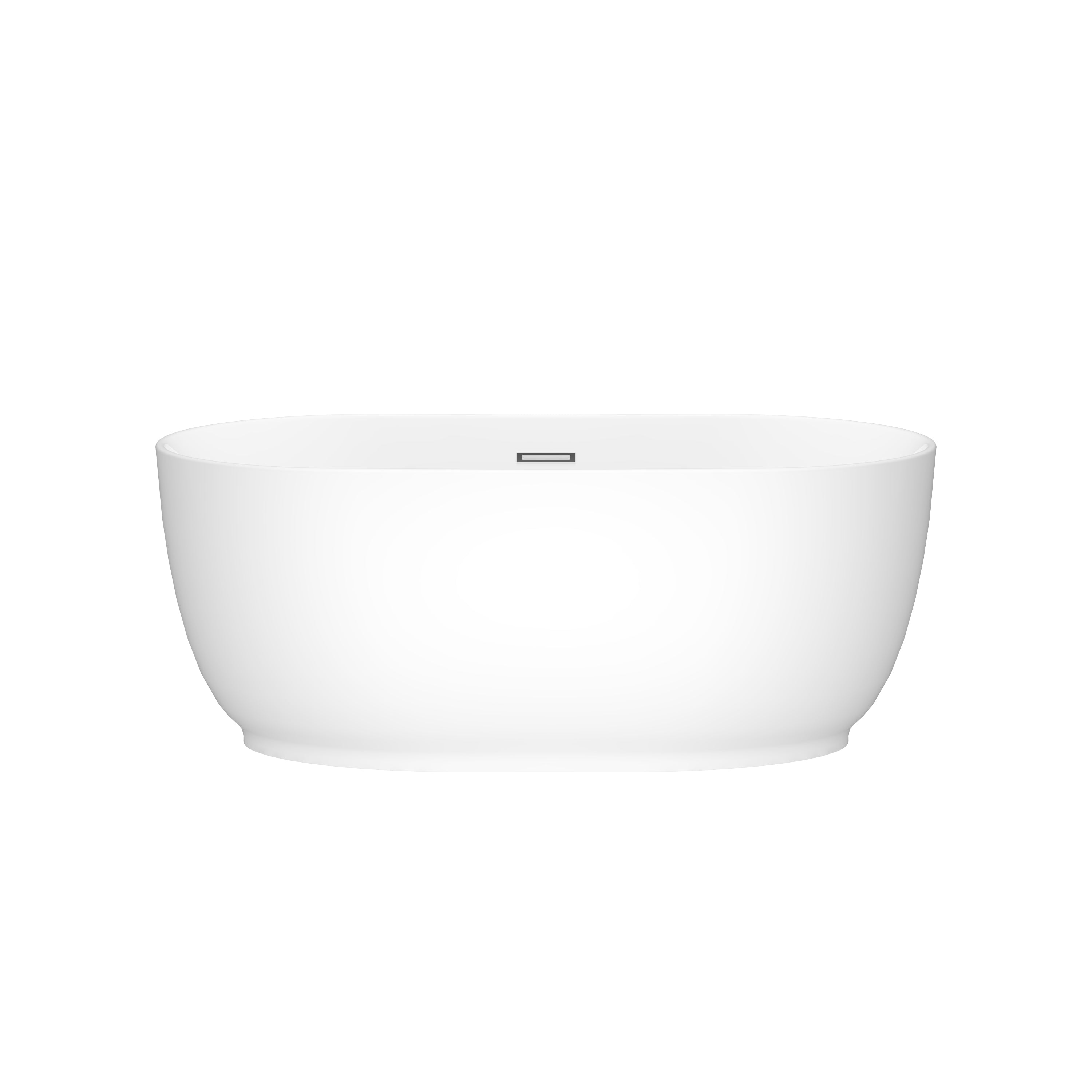
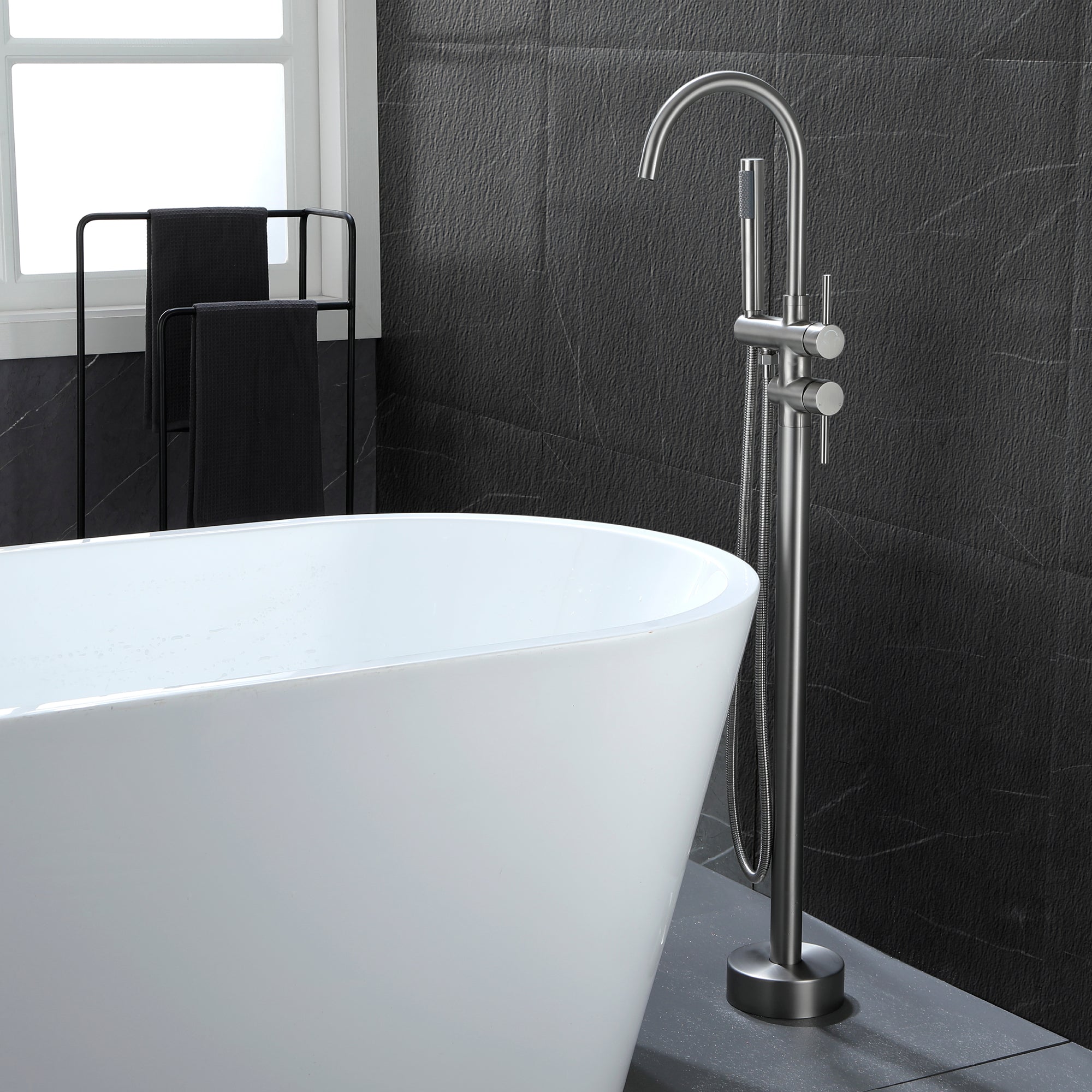

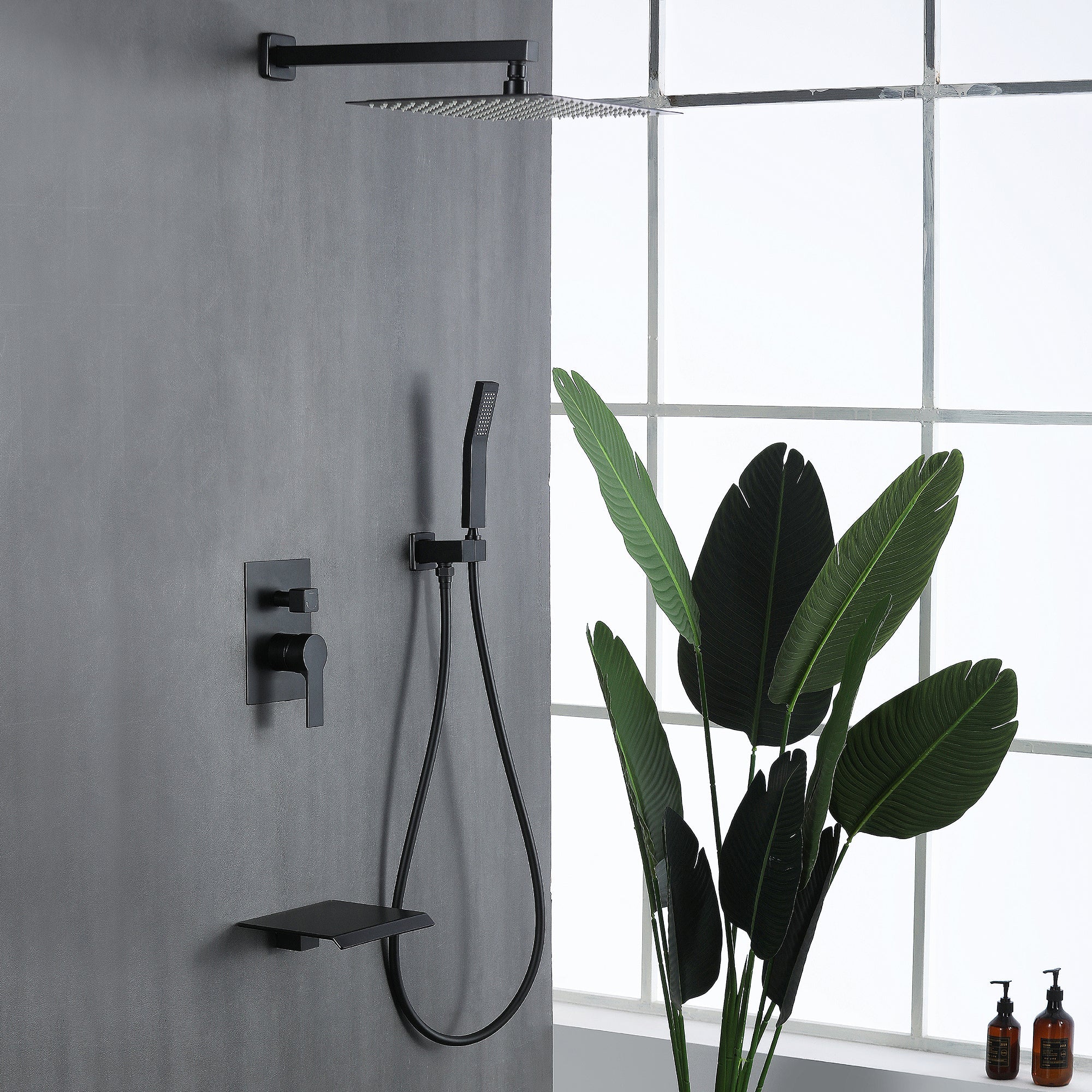
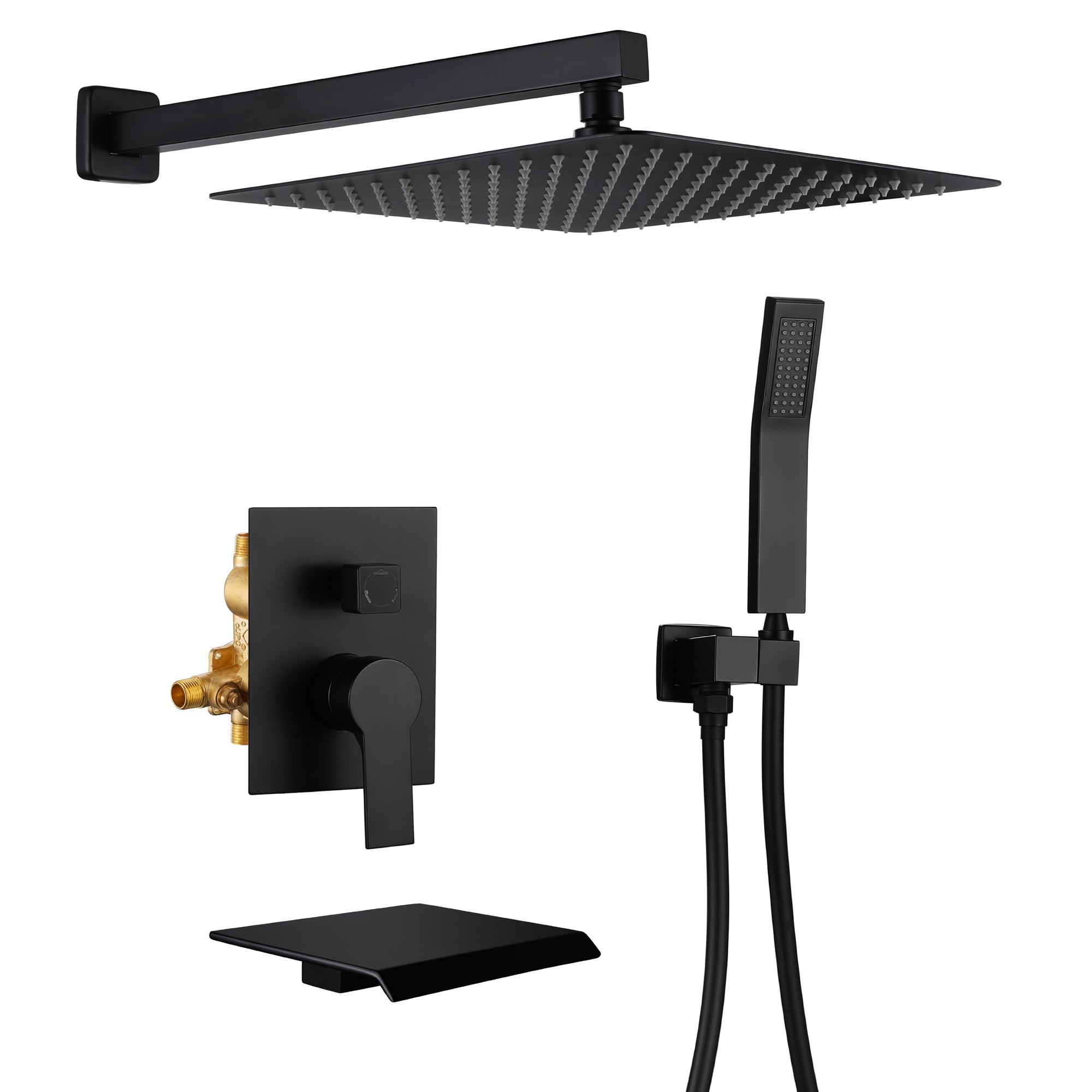
Leave a comment
This site is protected by hCaptcha and the hCaptcha Privacy Policy and Terms of Service apply.